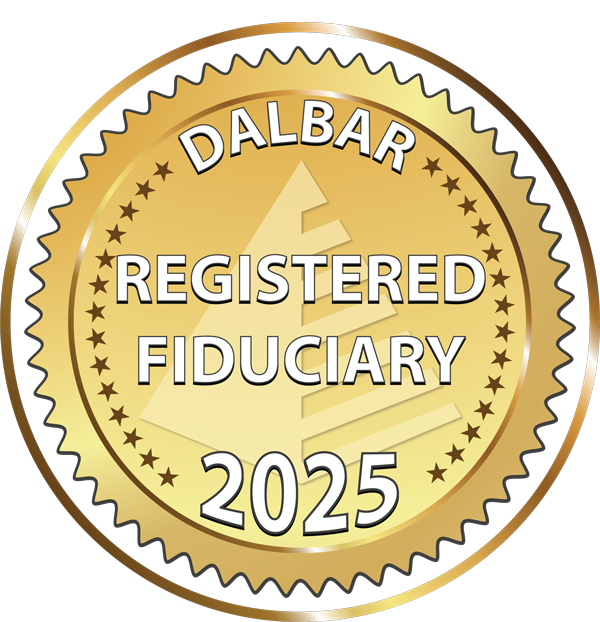Fed Watch
The second quarter started off with dropping stock and bond prices as hot inflation data spooked the markets. With the markets hyper focused on the Federal Reserve and hopes for lower interest rates, a jump in inflation was the worst possible news for investors. Most of the gains from the first quarter were lost during April. May gave the markets better news on inflation leading to rallies in both stocks and bonds in May and June. At the halfway point in 2024, stocks have posted solid returns year to date, while bonds, though positive year to date, have not done as well. Diminished expectations for rate cuts have kept interest rates higher than most economists had predicted, lowering bond prices.
The U.S. economy continues to outperform expectations. Low unemployment, strong job creation, and strong corporate earnings, along with high consumer spending have all contributed to keep the economy growing. It is worth noting that all of this is happening while the Fed is trying to slow the economy down in efforts to reduce the inflation rate to their 2% target. Right now, it stands at 3.5%, much lower than it was a year and a half ago, but still higher than the Fed wants it to be.
In the world of investing and economics, there is always a lot of discussion about economic growth (GDP) and what is possible and preferable. Too much growth usually leads to inflation, while dropping GDP gives us a recession. Walking that fine line is not an easy task. Looking back at economic history is helpful to put the economy in proper context. In 1929, nominal U.S. GDP was $105 billion. Today it is over $27 trillion. At its low point during the depression (1933) GDP had dropped to $57 billion, a drop of 45%. By 1939, GDP was higher than it was in 1929 before the depression. From 1929 through 2023, there have been 15 years that experienced a drop in GDP. This includes four in a row from 1930 to 1933 and seven other years that saw decreases of less than 1%. Since 1990, there have only been three negative years; 1991, 2008, and 2020.
Large drops in GDP almost always lead to large drops in the stock market. On average, it takes about two years for stocks to recover from a bear market, although it took four and a half years to recover from the 2000 bear market, and 25 years to recover from the depression market drop that started in 1929.
All eyes are on the Fed as what happens in the markets depends a great deal on what they do in response to inflation and economic activity. They continue to indicate that they see inflation coming down, which will allow them to lower interest rates. Low inflation and dropping interest rates would be the best outcome for investors. The biggest risk in attempting to slow the economy is that growth will become negative, and the economy will fall into recession. As of now, it appears the odds of a recession are dropping.
Wabash Capital
New Paragraph
Navigation
Contact Us
Email:
Address:
Terre Haute 2901 Ohio Boulevard Suite 242 Terre Haute, IN 47803 812-242-9113
Greencastle PO Box 567 1003 Mill Pond Lane, Suite A Greencastle, IN 46135
765-655-2333
Harrisburg
9 South Webster Street
Harrisburg, IL 62946
618-252-2449
Copyright © 2023 Wabash Capital | We trust
Distinct
with our Website because of their Unlimited Support,
Client Testimonials, and
Website Maintenance Checklist.








